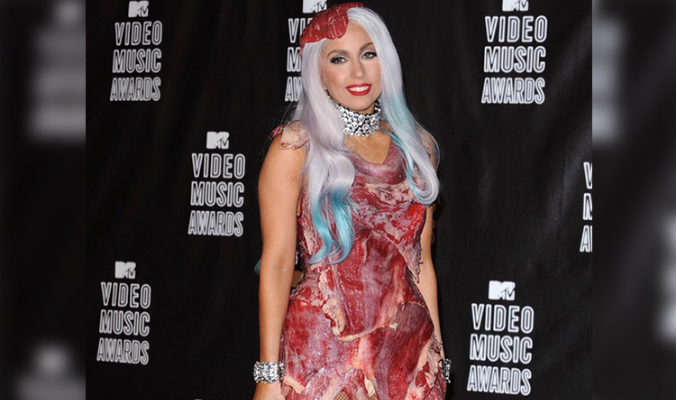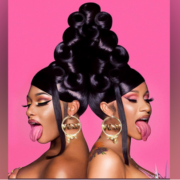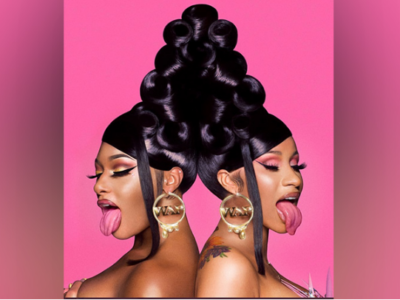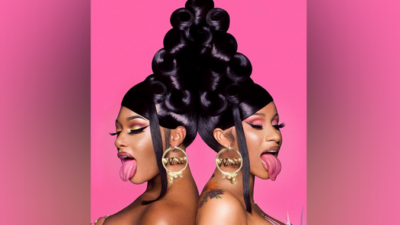Introduction to the Lady Gaga Meat Dress
Contents
Imagine stepping onto the red carpet draped in a gown made entirely of raw meat. This audacious statement piece is not just a fashion choice—it’s an iconic moment in pop culture history. Lady Gaga meat dress, unveiled at the 2010 MTV Video Music Awards, stirred up conversations that continue to resonate today. It challenged norms and sparked debates about art, identity, and even animal rights. But what makes this daring ensemble so memorable? Let’s dive into the story behind the Lady Gaga meat dress and explore its layers of meaning and impact on our culture.
The Inspiration Behind the Dress
Lady Gaga meat dress, unveiled at the 2010 MTV Video Music Awards, is a bold statement. It was more than just an eye-catching outfit; it embodied her artistic vision.
The inspiration came from deeper themes surrounding identity and societal issues. Gaga aimed to spark conversations about individuality and personal choices. She wanted to challenge norms in both fashion and culture.
Moreover, the choice of meat was deliberate. It represented the struggle for LGBTQ+ rights and the fight against oppression. By wearing something so unconventional, she pushed boundaries.
Gaga’s creativity draws on shock value but also encourages dialogue around serious topics like animal rights and body autonomy. This interplay between art and activism not only defines her style but elevates her message across platforms. The meat dress symbolizes defiance against conformity while igniting curiosity in audiences worldwide.
Controversy Surrounding the Dress
The Lady Gaga meat dress sparked intense debate when it made its debut at the 2010 MTV Video Music Awards. Critics were quick to label it as a shocking statement, questioning the ethics behind using animal products for fashion.
Animal rights activists condemned the outfit. They argued that wearing raw meat is both disrespectful and harmful. The controversy ignited discussions about cruelty in the fashion industry and how far one should go for artistic expression.
Supporters praised Gaga for her boldness. They saw her choice as a way to challenge societal norms regarding food, fashion, and body image. Many interpreted it as an avant-garde commentary on consumerism and identity.
Social media exploded with opinions, memes, and debates surrounding the dress’s meaning. Each perspective added fuel to an already blazing fire of controversy that would linger long after the event ended.
Impact on Fashion and Pop Culture
The Lady Gaga meat dress shattered conventional fashion norms. It challenged the very definition of what clothing could be, pushing boundaries in a way that few had dared before.
Designers took note. Avant-garde pieces began to emerge, inspired by her fearless approach. The line between high fashion and performance art blurred significantly.
In pop culture, the dress ignited conversations about identity and self-expression. It influenced musicians and artists to explore provocative themes in their work. Suddenly, bold statements became essential components of performances.
Memes proliferated online as social media users shared images and commentary about the shocking garment. This further entrenched the meat dress into our collective consciousness.
Fashion shows started showcasing more unconventional materials too—think recycled items or food-based textiles—signaling a shift toward sustainability infused with artistic flair. Such trends echo Gaga’s original vision: art is everywhere, even on your body.
Legacy of the Meat Dress
The Lady Gaga meat dress has left an indelible mark on the fashion landscape. It pushed boundaries and challenged conventional norms about what clothing could represent.
Since its debut, designers have experimented with unconventional materials in their collections. The shock value of the meat dress inspired countless runway shows that embraced bold statements.
Moreover, it sparked discussions around ethical fashion and animal rights. Many began to question the implications behind wearing animal products, leading to more sustainable choices in style.
Fashion enthusiasts remember the meat dress as a powerful statement piece rather than just a costume. Its ability to provoke thought continues to resonate today, reminding us that clothing can be art with messages beyond aesthetics.
Even years later, references to this iconic outfit pop up across various media platforms. It remains a symbol of audacity in both music and fashion history.
Celebrity Reactions and Parodies
The Lady Gaga meat dress sparked a flurry of reactions from celebrities and fans alike. While some were in awe of her bold statement, others found it outrageous.
Fashion designers like Karl Lagerfeld applauded Gaga for pushing boundaries. He saw it as art—a way to challenge conventional fashion norms. Meanwhile, critics like PETA expressed their disapproval loudly, calling it an affront to animal rights.
Comedians jumped on the opportunity too. Parodies flooded social media platforms. From late-night talk show skits to memes featuring meat-clad figures, everyone had something to say about that iconic moment.
Even musicians referenced the dress in their works; creativity knows no bounds when inspired by such audacity! The cultural conversation surrounding the outfit only deepened its impact on both pop culture and personal expression.
Gaga’s fearless choice turned into endless fodder for commentary—proving that sometimes fashion can be more than just clothing; it’s a conversation starter.
Conclusion: Why the Lady Gaga Meat Dress Continues to Fascinate and Shock Us
The Lady Gaga meat dress remains an iconic moment in fashion history, a bold statement that has sparked endless discussions. Its unique blend of art and provocation continues to challenge societal norms surrounding clothing, identity, and expression.
People are drawn to the outrageousness of the dress as much as they admire its underlying message about individuality and activism. This combination ensures that it resonates with both fashion enthusiasts and casual observers alike.
As time goes on, the meat dress serves as a reference point for conversations about celebrity culture, sustainability in fashion, and what it means to make a statement. Whether loved or hated, it’s clear that this infamous garment is not fading into obscurity anytime soon.
The fascination stems from its ability to evoke emotional responses—curiosity, confusion, admiration—and encourage dialogue across generations. Thus, Lady Gaga meat dress will likely remain an enduring symbol of bold creativity’s power within pop culture.














